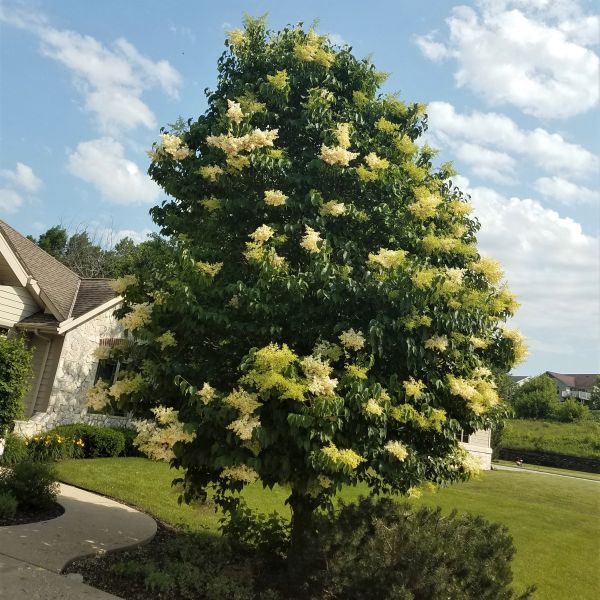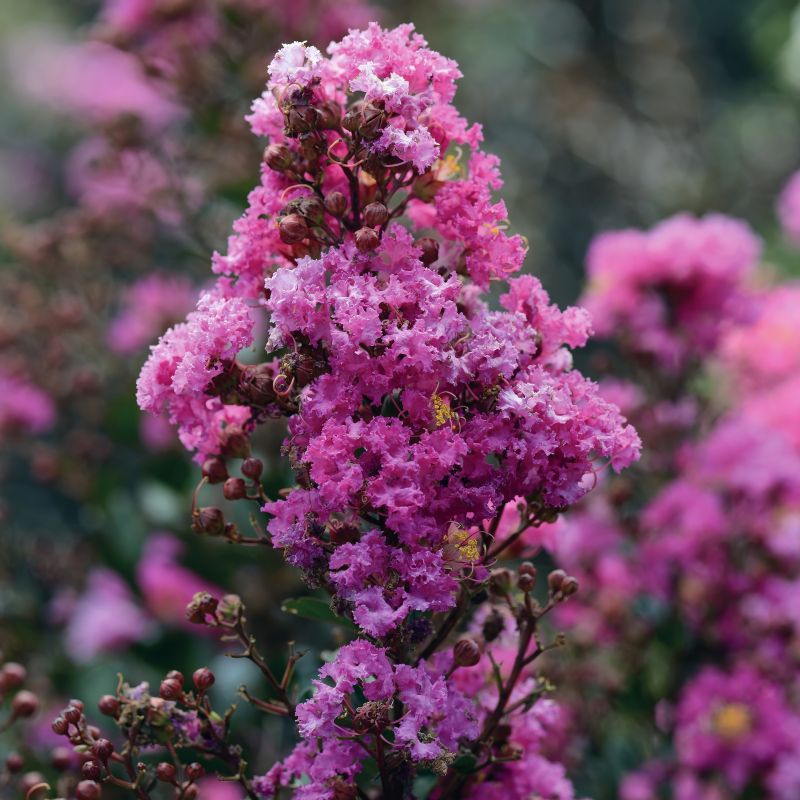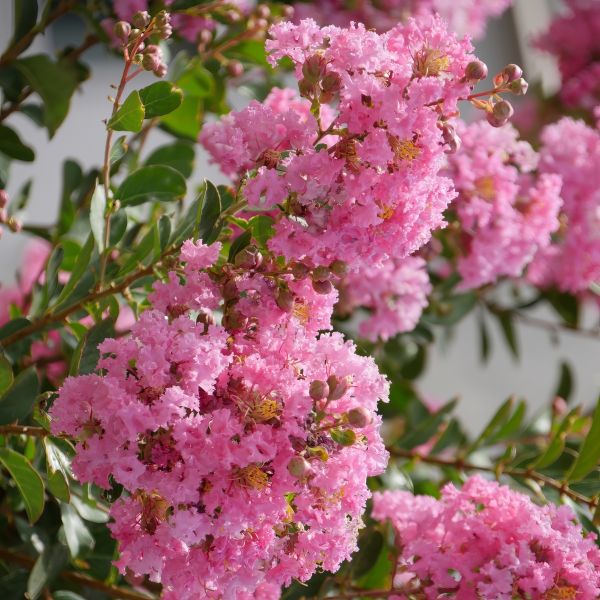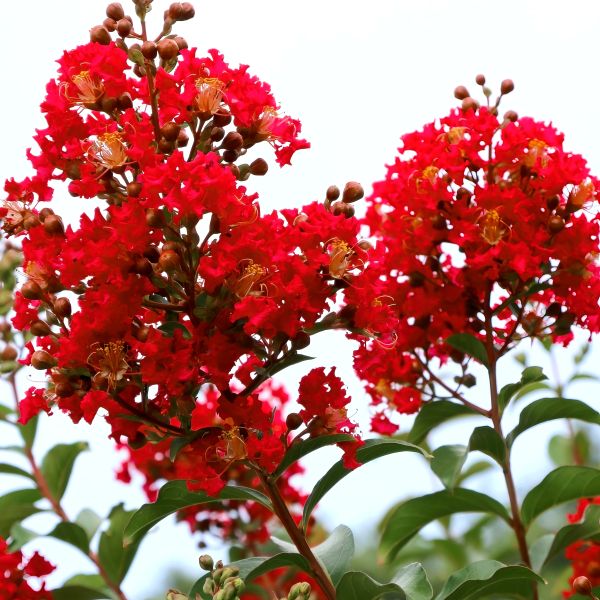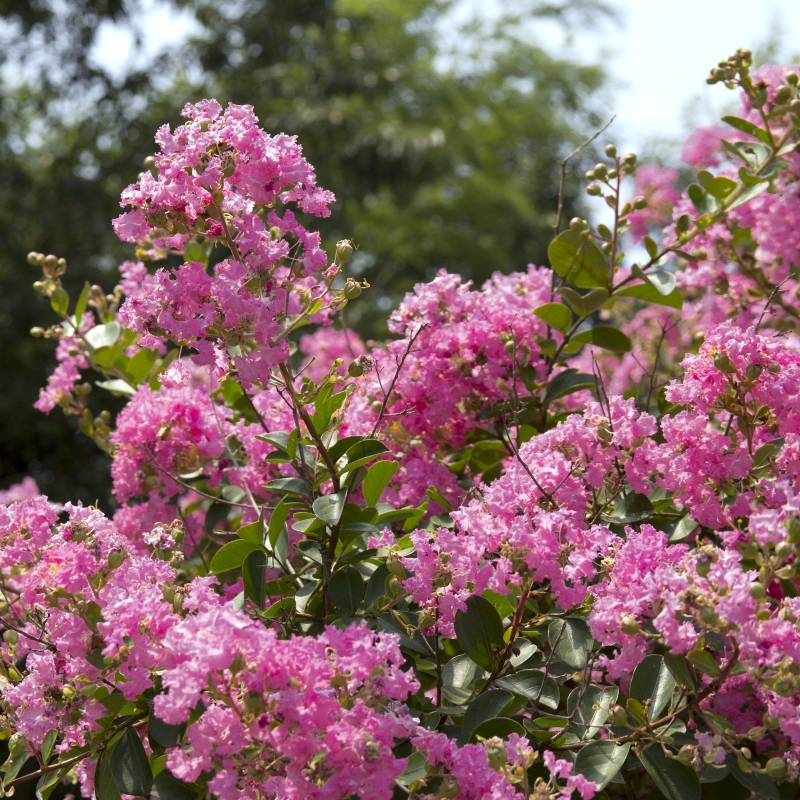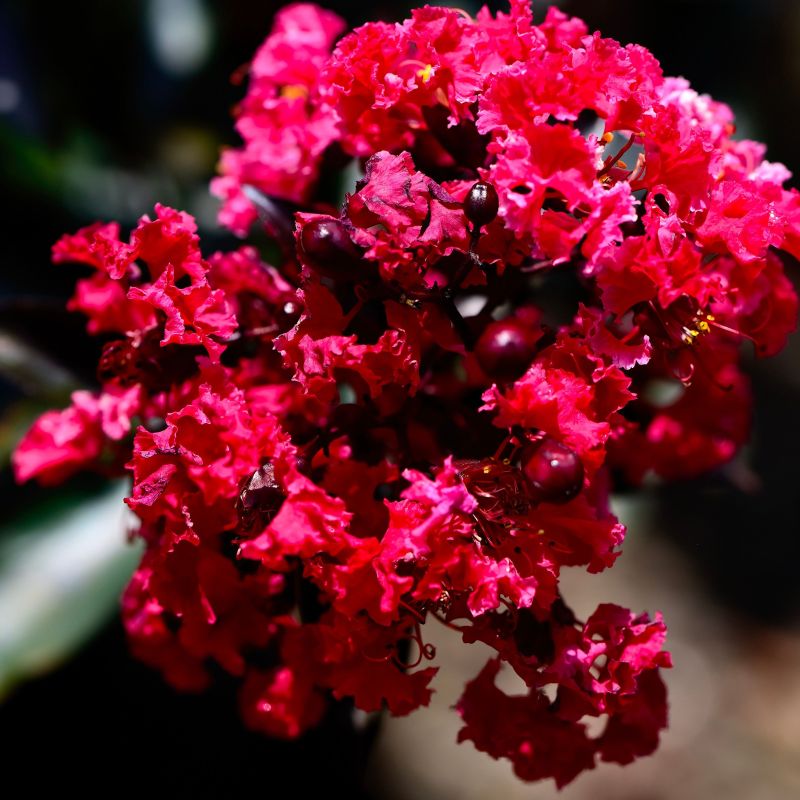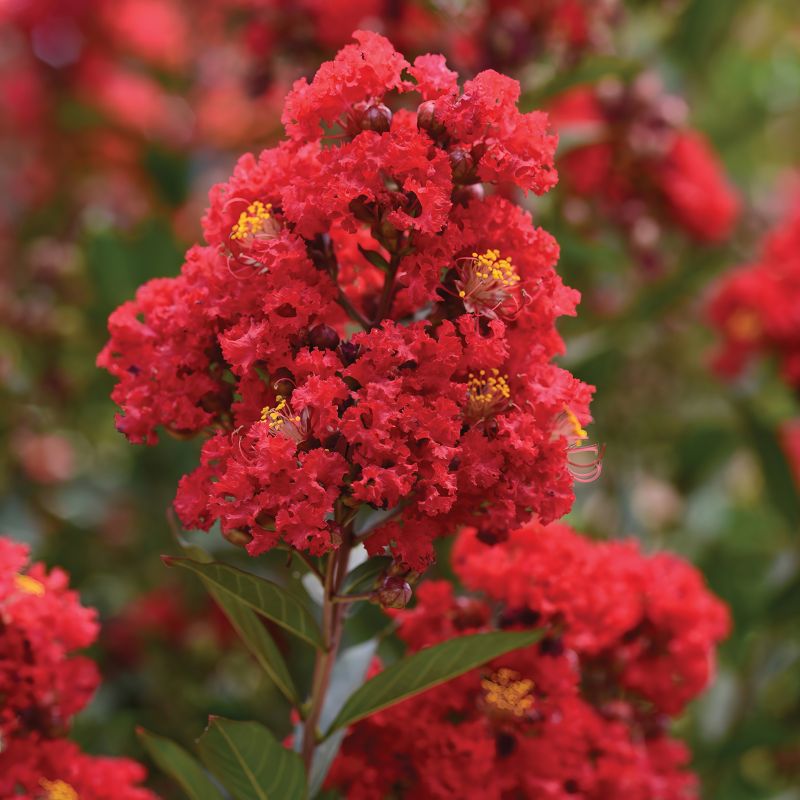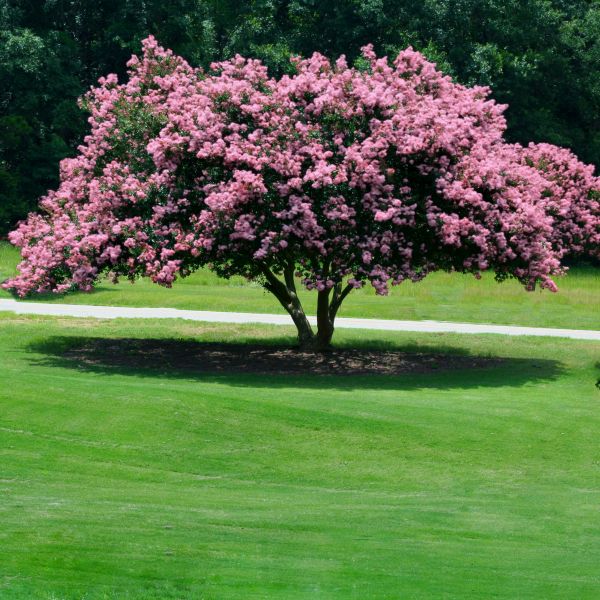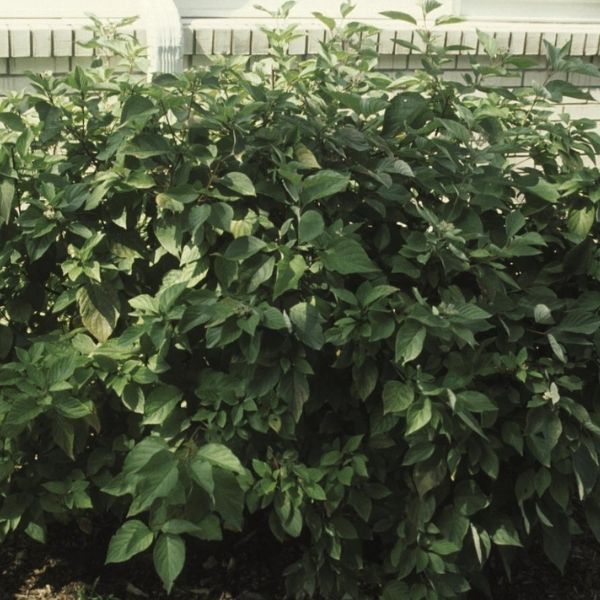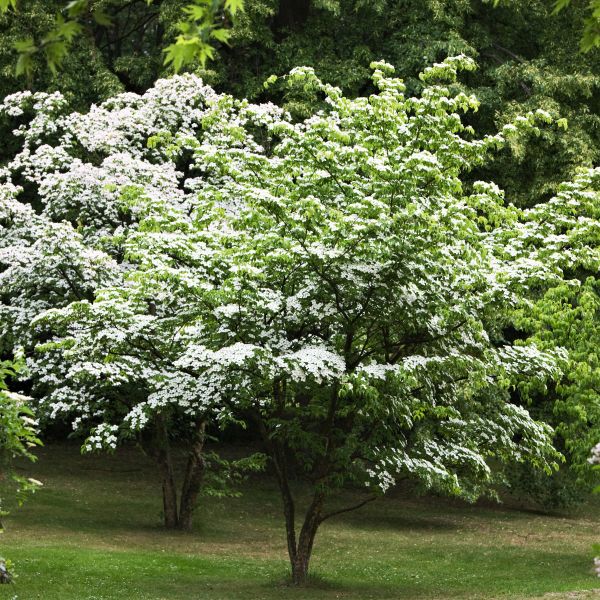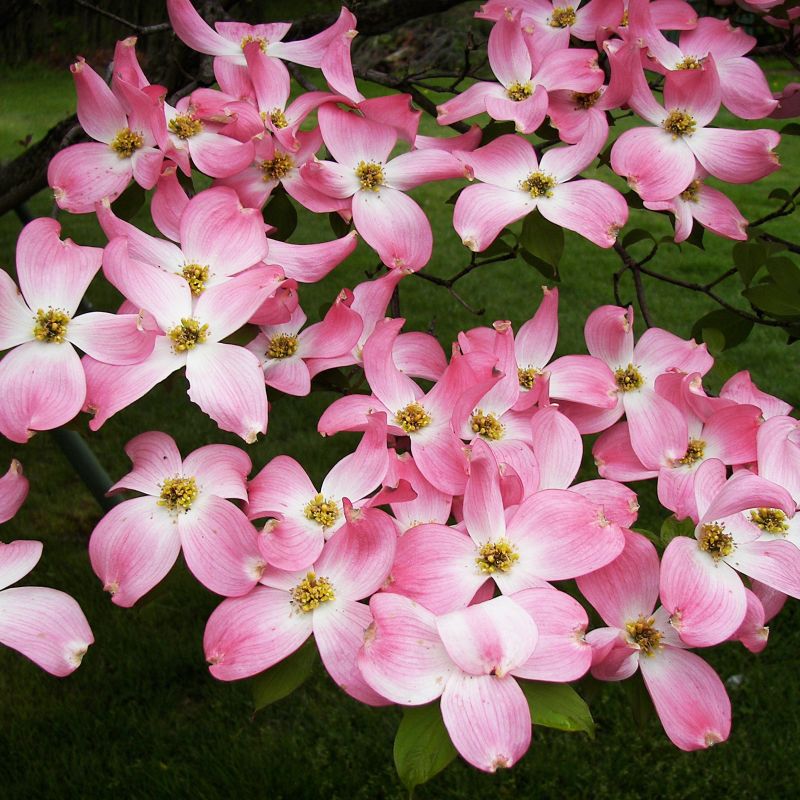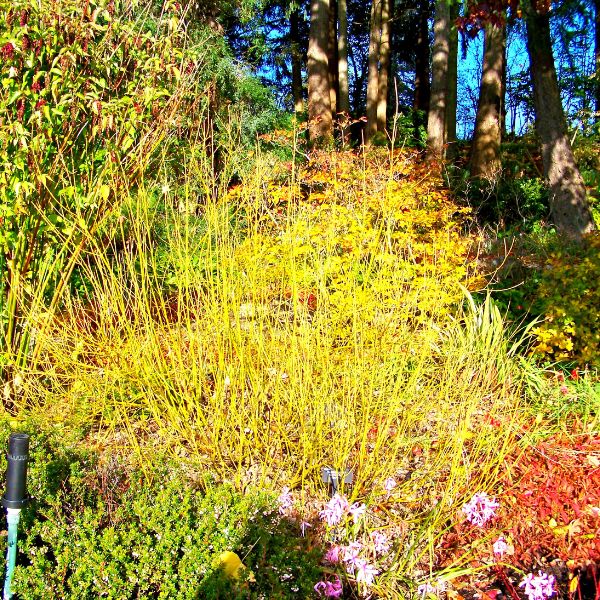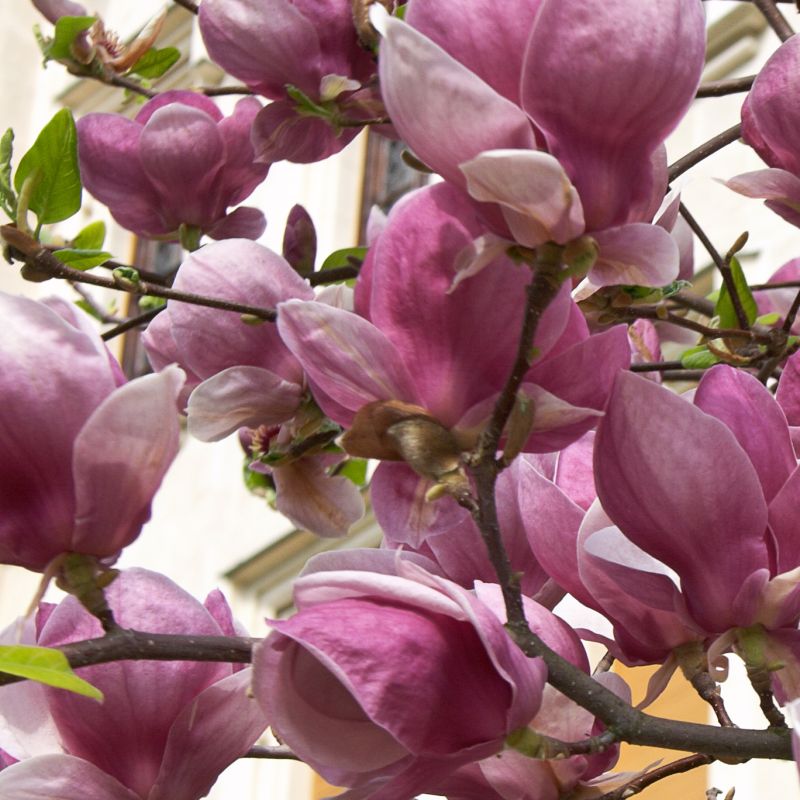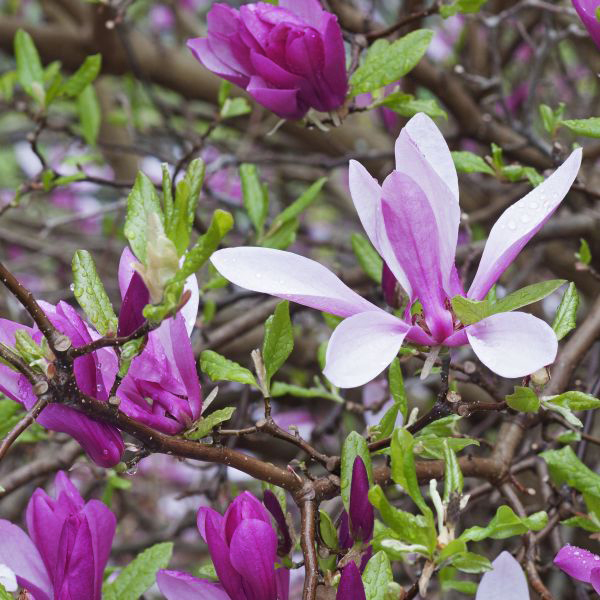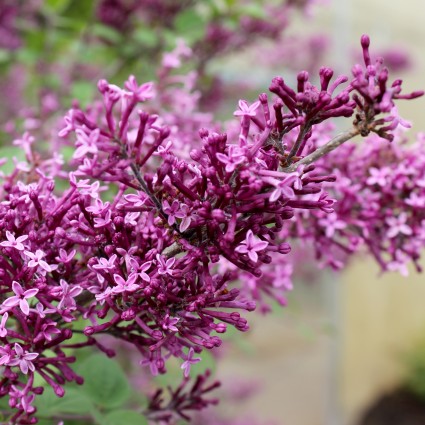
Bloomerang Dark Purple Lilac Tree Form
Syringa x BLOOMERANG Dark Purple 'SMSJBP7'
20 reviews
Bloomerang Dark Purple Lilac Tree Form
Syringa x BLOOMERANG Dark Purple 'SMSJBP7'
20 reviews
- Fragrant dark purple flowers that bloom in spring and again in summer
- Compact tree form makes it perfect for small gardens or containers
- Easy to care for and provides a beautiful focal point in the landscape
- Recommended by landscape designers for optimal fit in real yards
$157.00
$225.00
30% Off
- Ships to 43215 in 3 to 7 days
- Free Shipping
- Plant Arrival Guarantee
- In Stock
- Free Plant Consult
$200 - Landscape-Approved: Every Plant We Sell Comes With Design Expertise Behind It
2.5 Gallon 3-4 Feet
Not just beautiful - intentionally selected by ShrubHub's 3D landscape design team to fit real-world spaces and maximize yard potential.
Why Bloomerang Dark Purple Lilac Tree Form?
The Bloomerang Dark Purple Lilac Tree Form (Syringa x BLOOMERANG Dark Purple 'SMSJBP7') is a dwarf lilac tree with a compact growth habit and deep purple flowers that bloom twice a year. It grows up to 6 feet tall and wide, making it an excellent choice for small gardens or containers. This lilac variety is also tolerant of harsh weather conditions and disease-resistant, making it a low-maintenance plant for any landscape.
People who loved this plant also bought
Sunlight
The Bloomerang Dark Purple Lilac Tree Form requires full sun exposure, which means it should receive at least 6 to 8 hours of direct sunlight every day to thrive.
Watering
Bloomerang Dark Purple Lilac Tree Form requires regular watering, keeping the soil moist but not waterlogged. Ensure that the soil is well-drained and avoid overwatering, as it can lead to root rot.
Fertilizing
The fertilizer requirement for the Bloomerang Dark Purple Lilac Tree Form is a balanced fertilizer with equal amounts of nitrogen, phosphorus, and potassium.
Beautiful dark purple flowers bloom repeatedly throughout the season on the Bloomerang Dark Purple Lilac species, a gorgeous deciduous species. Because of its tiny stature, it is ideally suited for use in compact gardens and urban settings, where space is at a premium.
The Bloomerang Dark Purple Lilac Tree requires little care and pruning. However, make sure to water the tree often, especially in the summer. Fertilizing the tree once yearly in the spring is also recommended for optimal growth.
The best condition for this tree is organically rich, well-drained soil. It does well in both sandy and loamy soils as well as clay. Poor drainage, though, might cause root rot, so it's best to avoid those places when planting.
There are several climates that the Bloomerang Dark Purple Lilac Tree may thrive. It thrives in USDA hardiness zones 3-7, which encompass the vast majority of the United States. This tree does better in full sun than in part shade, but it will still grow in some shade.
The Bloomerang Dark Purple Lilac Tree is a stunning addition to any garden or yard because of its fragrant flowers and vibrant foliage. The season is marked by the appearance of its dark purple flowers, which bloom repeatedly throughout the season. The small stature and rounded shape of this tree make it a fantastic option for a focal point or specimen in a garden border. In conclusion, the Bloomerang Dark Purple Lilac Tree is a great asset to any garden.
Plant Information:
| Botanical Name: | Syringa x BLOOMERANG Dark Purple 'SMSJBP7' |
| USDA Zones: | 3 - 7 |
| Water: | Moderate |
| Exposure: | Full Sun |
| Soil Needs: | Well-Drained |
| Mature Height: | 4 - 6 feet |
| Mature Spread: | 3 - 4 feet |






Pollination Info
Pollination Info for Bloomerang Dark Purple Lilac Tree Form
The Bloomerang Dark Purple Lilac Tree Form (Syringa x BLOOMERANG Dark Purple 'SMSJBP7') is a cultivar of the common lilac species and produces fragrant purple flowers in spring and again in fall. To ensure a good bloom, proper pollination is important. Here's what you need to know:
Pollination Type
The Bloomerang Dark Purple Lilac Tree Form is self-fertile, meaning it can produce viable seeds from its own pollen. However, cross-pollination (the transfer of pollen from one plant to another) can increase the genetic diversity of the offspring and improve overall fruit and seed production.
Pollinators
Like most flowering plants, the Bloomerang Dark Purple Lilac Tree Form relies on a variety of pollinators to transfer pollen from the stamen (male reproductive organ) to the stigma (female reproductive organ) of the flower. Bees, butterflies, moths, and hummingbirds are all known to visit lilac flowers and contribute to pollination.
Pollination Tips
If you want to encourage cross-pollination and increase seed production, consider planting another cultivar of lilac nearby. Make sure the two plants bloom at the same time (usually in spring) and are compatible (i.e., both have the same chromosome number). You can also attract pollinators to your garden by planting other flowers and providing a source of water.
With proper care and pollination, your Bloomerang Dark Purple Lilac Tree Form should produce bountiful blooms and seed pods. Enjoy the beauty and fragrance of this lovely shrub!
FAQ
Bloomerang Dark Purple Lilac Tree Form (Syringa x BLOOMERANG Dark Purple 'SMSJBP7') - FAQs
What is the Bloomerang Dark Purple Lilac Tree Form?
The Bloomerang Dark Purple Lilac Tree Form is a small tree that blooms dark purple flowers that recur throughout the growing season.
What is the scientific name of this lilac tree?
The scientific name for this lilac tree is Syringa x BLOOMERANG Dark Purple 'SMSJBP7'.
How tall does this lilac tree grow?
This lilac tree can grow up to 6 to 8 feet tall with a spread of 5 to 6 feet.
What is the ideal location to plant this lilac tree?
This lilac tree prefers full sun exposure and well-drained soil. It can also tolerate some shade but may not produce as many flowers.
When should I plant this lilac tree?
The best time to plant this lilac tree is in the spring or fall when the weather is mild and the soil is easy to work with.
Does this lilac tree need pruning?
This lilac tree does not require much pruning but can be trimmed after blooming to promote bushier growth and more flowers.
How often does this lilac tree bloom?
This lilac tree blooms twice a year, first in the spring and then again in mid-summer to early fall.
Can I grow this lilac tree in a container?
Yes, this lilac tree can be grown in a container as long as it is provided with ample space for its roots to spread and proper drainage holes.
What is the hardiness zone for this lilac tree?
This lilac tree is hardy in USDA zones 3 to 7.
How do I care for this lilac tree during the winter?
This lilac tree can withstand cold temperatures but may benefit from a light layer of mulch around the base to protect its roots from extreme cold.
How often should I water this lilac tree?
This lilac tree prefers moist but well-drained soil. Water it deeply once a week during dry spells or more often in hot weather.
Planting & Care
Planting Bloomerang Dark Purple Lilac Tree Form
- Choose a location that receives at least six hours of sunlight per day and has well-draining soil.
- Dig a hole that is twice the width of the tree's root ball and the same depth.
- Remove the tree from the container and gently loosen any tangled roots before placing it in the hole.
- Backfill the hole with soil and gently tamp it down to remove any air pockets.
- Water the tree thoroughly.
Caring for Bloomerang Dark Purple Lilac Tree Form
- Water the tree deeply once a week, especially during hot and dry periods.
- Fertilize the tree in the spring and again in late summer with a balanced fertilizer.
- Prune the tree after it finishes blooming in the spring, removing any dead or damaged branches and shaping the tree as desired.
- Mulch around the base of the tree to help retain moisture and suppress weeds.
- Monitor the tree for pests and diseases, and treat any issues promptly.
Check Out These Verified Customer Reviews:
Customer Reviews
4.8 out of 5 based on 20 reviews
Thank you! Your review has been submitted.
Beautiful tree form, vibrant color
Impressed with quality and growth
Tree arrived in perfect condition. Thriving in my yard!
Item has been added to your cart.



